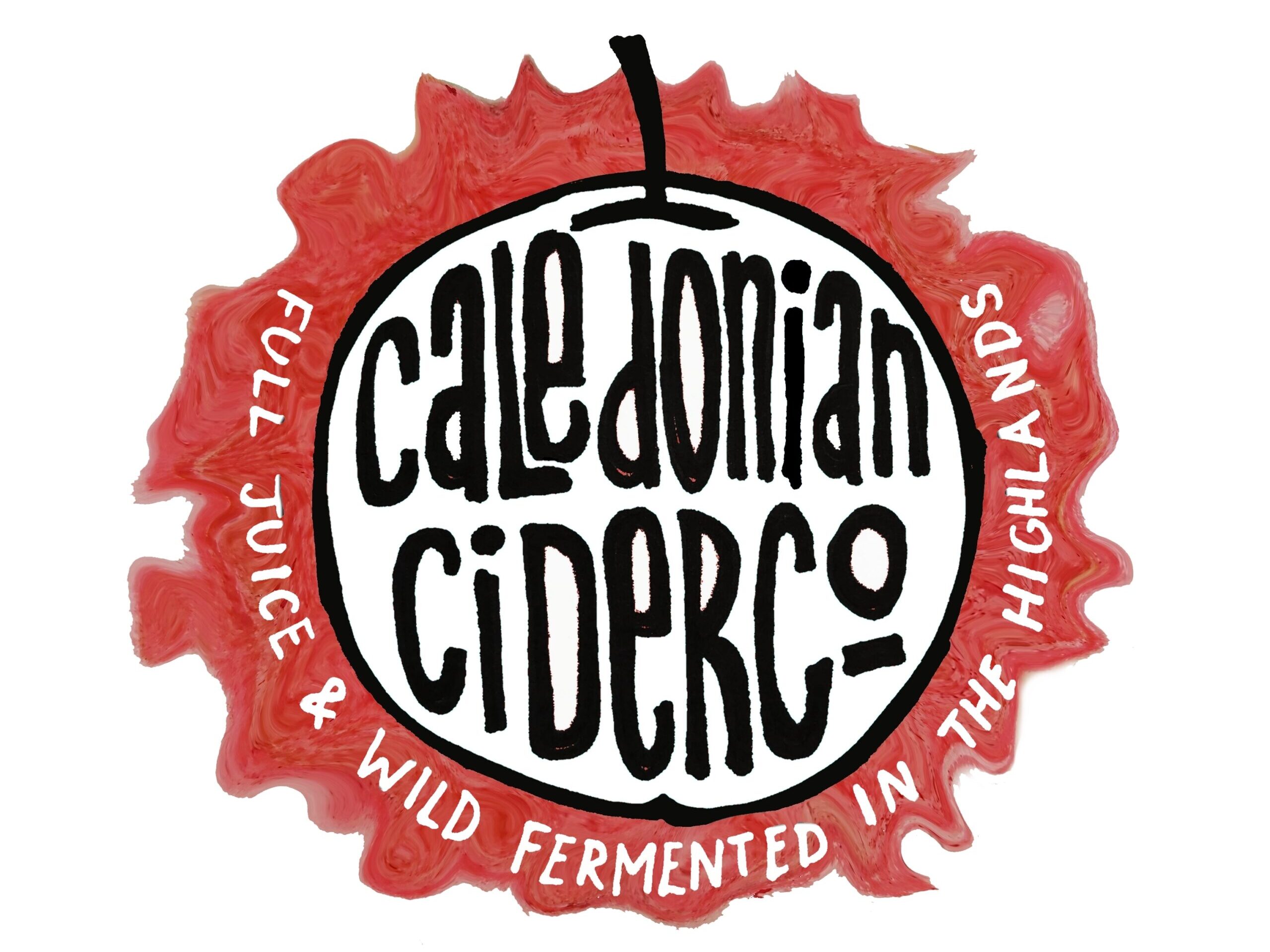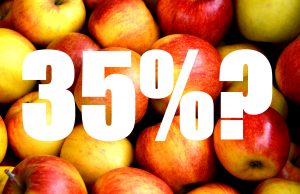Britain makes a very good claim at being the home of cider. The history is there (we’ve been making cider on these islands for at least as long as anyone else has on the mainland), the volume is there (we drink more cider per person than any other country in the world!) but there’s something missing and it’s of crucial importance, Quality.
About 90% of the cider sold in the UK is made from just 35% apple juice**. That should be quite surprising to most cider drinkers but due to our current UK Customs & Excise definition of cider (a surprisingly long document known as Notice 162) it all just gets sold as cider, so long as it meets that minimum juice requirement.
This issue with our legislation has been written about and discussed at length by various champions of quality cider. Check out these blog posts by Crafty Nectar and James Beeson for starters.
This post however is about how we ended up with the lowest legal juice content for cider in the world, set at just a measly 35%.
This is going to get quite technical so please bear with me.
As ever with business we start with money. Concentrated apple juice (from here on I’ll just refer to this as concentrate) costs more than fresh apple juice. It costs money to convert juice to concentrate and so it necessarily costs more. But, concentrate has three big advantages for the industrial cider maker; 1) It can be stored indefinitely, 2) It can be shipped from other countries and 3) it can be over diluted with water to create more juice than it started out as. Points 1 and 2 are self explanatory but point 3 is the most relevant for this post.
One litre of juice typically weighs 1050 grams (g), one litre of concentrate typically weighs 1350g, during the concentration process, water is removed from the juice leaving behind the sugar and other non watery stuff (hence it weighs more). But as you remove the water obviously the over all volume is reduced. So for every seven litres of juice you get just one litre of concentrate. Theoretically then, if I add six litres of water to my one litre of concentrate I’d be back where I started with seven litres of juice (reconstituted) each weighing 1050g. But, here’s the loophole, juice is defined in notice 162 as weighing anything over 1035g per litre* so you can probably imagine what our industrious cider maker does when adding water to their concentrate…yep, they add nine litres of water instead of six giving them ten whole litres of juice weighing 1035g/l (legally defined as 100% juice)
So now we’ve got a tank full of this “juice” but if fermented it would only give us a cider with 4.5% alcohol. That would technically be a 100% juice (from concentrate) cider, but would still be a touch too costly for our industrial cider maker to produce.
The solution is to add sugar to the “juice” to allow the yeast to raise the alcohol (Chaptalizing). Sugar is cheaper than juice and if you add 182g of sugar per litre of “juice” you’ll be able to produce a 100% juice (from concentrate) cider with an enormous 14% alcohol! Another benefit to the large scale producer of chaptalizing to this extent is storage space, 50’000 litres of 14% cider once diluted makes 140’000 litres of 5% cider. that means you can get away with just a third of the tank space required by a full juice producer.
Nobody sells 14% cider of course, because our Notice 162 states that cider cannot be stronger than 8.4%, so what is actually done is that our cider maker once again turns on the hose and adds water back to the “cider” to bring the alcohol down to say 5% alcohol (a typical abv for mass produced UK ciders). Diluting the “100% juice, 14% alcohol cider” down to 5% abv means they need to add approximately 64 litres of water to every 36 litres of their “100% juice, 14%abv cider”…
And there we have it, a 5% abv cider that legally conforms to UK legislation and will more than likely be sold as a premium / craft / quality cider depending on when they last redesigned their labels or bought a canning line.
The fact of it is that if you thought 35% apple juice was a little slim, then consider this final bit of maths. If we ignore the 1035g/l* definition and return the concentrate back to it’s original density then you’re actually looking at an astonishing 26% juice.
In light of this, who do you think sits around the table and decides what is and what isn’t cider, in other words who has the most influence on Notice 162, the cider maker using fresh juice, selling 100% juice cider or the cider maker using concentrate, selling 35% juice cider?
If you drink cider at all then you deserve better than that. Seek out the real stuff, I know it can be hard to spot when every cider on the shelf looks the same but honestly, read the label, the good cider makers don’t keep their ingredients or processes a secret, in many ways it’s the only tool they have to distinguish their cider from the fake stuff masquerading as cider on our shelves.
Cheers and happy cider hunting!
*1035g/l was reportedly set as the minimum weight (or density) of juice to reflect traditional cider makers using early season apples which sometimes have a much lower sugar content than the later season apples. This makes sense, it would be absurd to say that juice pressed from an apple in August wasn’t legally juice but the loophole that it’s created for the industrial producers can’t be ignored.
**These figures are based on direct personal experience within the industry

